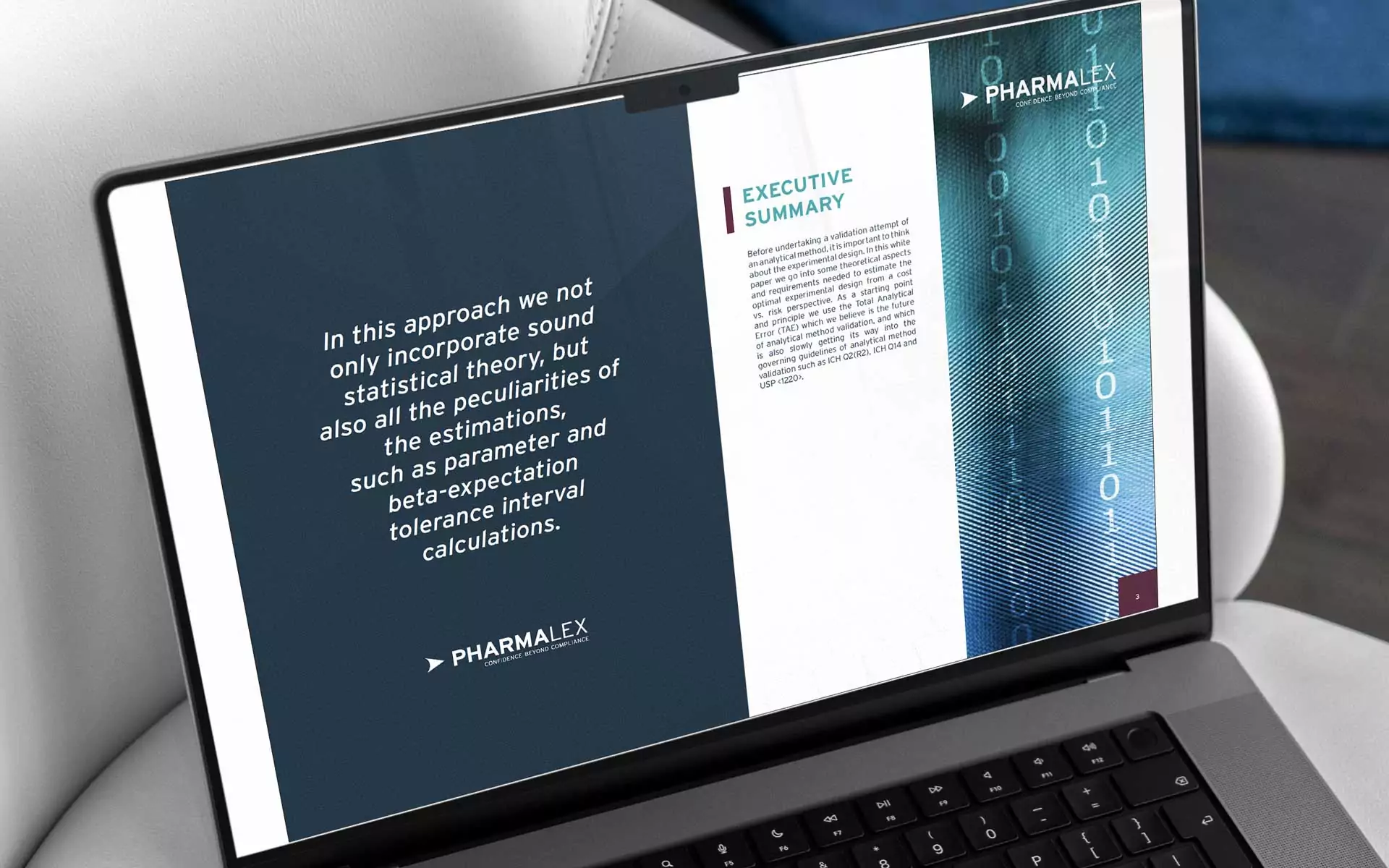Author: John Lockwood, US Head of MedTech
The US Food and Drug Administration (FDA) is taking steps to drive greater transparency, consistency, and predictability of the 510(k) premarket review process for selecting predicate devices. The new guidance offers best practices for manufacturers selecting predicate devices cleared using well-established methods, those that meet or exceed expected safety and performance, those without certain use-related or design-related safety issues, and those that have not had an associated design-related recall.
The first recommended step is to identify the list of legally marketed devices with the same or similar intended use as the subject device. This can be done by opening the FDA 510(k) Premarket Notification Database and searching for valid predicate devices using trade names of similar devices, manufacturers of similar devices, 510(k) numbers of similar devices, or searching the classification information of similar devices.
Next, the guidance recommends narrowing the list down to Valid Predicate Device(s), meaning devices where differences in technological characteristics do not raise different questions about safety and effectiveness. This can be achieved by reviewing the publicly available 510(k) summary and indications for use documents for each device being considered.
Best practice principles
The guidance also offers four comprehensive best practices for selecting a predicate device.
1. Predicate devices cleared using well-established methods.
FDA advises manufacturers to choose a valid predicate device that was cleared using well-established methods. Specifically, these methods include current FDA-recognized voluntary consensus standards, guidance documents, qualified medical device development tools, widely available or accepted methods published in the public domain or scientific literature to support the context of use, and methods deemed acceptable through the submitter’s previous premarket submission.
If a manufacturer is deciding between two valid possible predicate devices – one that used current FDA consensus standards, and the other that didn’t – it is expected that the predicate device that used current guidance and/or standards be chosen.
2 .Predicate devices that meet or exceed expected safety and performance.
The FDA guidance advises choosing a valid predicate device that continues to perform as intended and safely during use. This can be determined by using the Manufacturer and User Facility Device Experience (MAUDE) Database, Medical Device Reporting (MDR) Database, and Medical Product Safety Network (MedSun) Database to search for any reports of unexpected malfunctions, injuries, or deaths associated with any of the valid predicate devices.
3. Predicate devices without unmitigated use-related or design-related safety issues
The next best practice based on the FDA guidance is to choose a valid predicate device that does not have unmitigated design-related or use-related safety issues, including safety communications or emerging signals. The FDA defines emerging signals as new information that suggests a causal association between an adverse event and a device that has the potential to change the device’s benefit-risk profile.
Manufacturers can determine potential safety issues by using CDRH’s Medical Device Safety website and CBER’s Safety & Availability (Biologics) portal to find out if there are design-related or use-related safety issues with any of the valid predicate devices.
4. Predicate devices without an associated design-related recall
The last best practice that FDA recommends is to choose a valid predicate device that has not had a design-related recall. Although recalls can be for a number of reasons, including labelling or manufacturing defects, design-related recalls can indicate a fundamental issue with the design of the potential predicate device.
By following these steps and best practices as defined in the FDA guidance, manufacturers can improve their processes when selecting a predicate device and achieve the objective of a more transparent and consistent 510(k) premarket review process.








